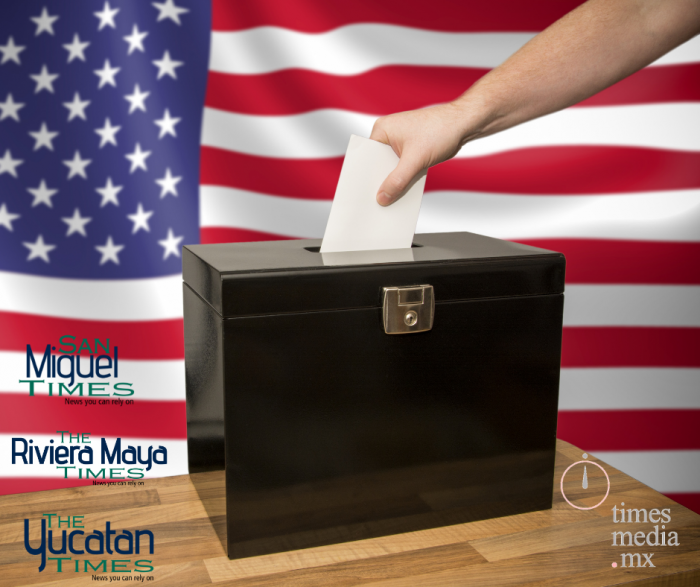Each year, the minority population in the United States continues to grow. The 2019 census reports African Americans at 13.4%, Asians at 6% and Latinxs at 18.5% . Along with these growing populations come an increase in voter registration and voter turnout, and the Latinx community is geared to become one of the most important communities for these elections.
This election year there are 32 million eligible Latinx voters across the entire country – the highest number ever recorded within the community and accounting for over 13 percent of all eligible voters in the United States. Although 13 percent may not sound like a large chunk of people, that percentage officially makes the Latinx community the largest minority voting group in the United States, meaning that next to white Anglo Saxons, Latinxs are the second largest group of voters – and they are more powerful and important than some may realize.
Similar to African American voters, the Latinx community tends to be more Democrat-leaning except where specific national histories are involved, such as the Cuban community which tends to the more hawkish Republicans vis a vis international relations with the island. Statistically, about 62% of eligible Latinx voters identify as Democrat, compared to the 32% that say they are Republican. Clearly not a monolith, but certainly favoring one side over the other. Not only are these winning numbers in the eyes of the Democratic party, but they pose a major threat to the Republican party simply due to the location of these voters. The majority of these Latinx voters reside in southern states like New Mexico, Texas, Arizona and Florida.
These states are beginning to see an accelerated change in demographics and with it a political change. Texas for instance has continuously shifted left each election year since 2008 – when Obama won certain counties that had never been blue before. This shift has been credited to migration and increase in minorities in Texas, as well as the other states. In Texas alone, the Latinx population is over 30 percent of the entire state population. In Florida it is over 20 percent. As more people within the Latinx community move into counties and cities within these states, the power that these voters have is beginning to show. A state like Texas may take a few more election terms to fully turn blue, nonetheless the minor shifts already appearing are posing a major threat to the Republican party.
This begs the question of not only what the upcoming election will look like in just a few short days, but what future elections will look like for either side as the Latinx population continues to grow each year. When the discussion of immigration and racism against minorities are constantly a talking point in each election, the importance of Latinx voices and votes continues to grow. Although 32 million Latinxs are eligible to vote this election year, that accounts for only half of all this community in the United States.
The 2020 election is in just a few short days, and minority voices and votes are more present now than ever. As Biden and Trump fight for victory, it is detrimental to never count out such an important group of people in the United States. The Latinx community has the chance to change the narrative of US politics for not only this upcoming election, but everyone moving forward.
For Times Media Mexico
Sydney Fowlkes in Philadelphia



